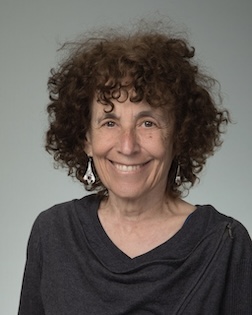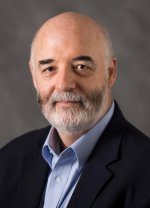George Khoury Lecture
George Khoury, highly regarded as a superb scientist and caring mentor, was chief of the NCI Laboratory of Molecular Virology. He conducted some of the earliest research with genetic enhancers and was elected to membership in the National Academy of Sciences shortly before his death from lymphoma in 1987 at age 43. This lecture, now part of the Wednesday Afternoon Lecture Series, honors his memory. George Khoury lecturers are selected by a committee led by the NIH Virology Interest Group and approved by the NIH Director.
This page was last updated on Wednesday, March 29, 2023









